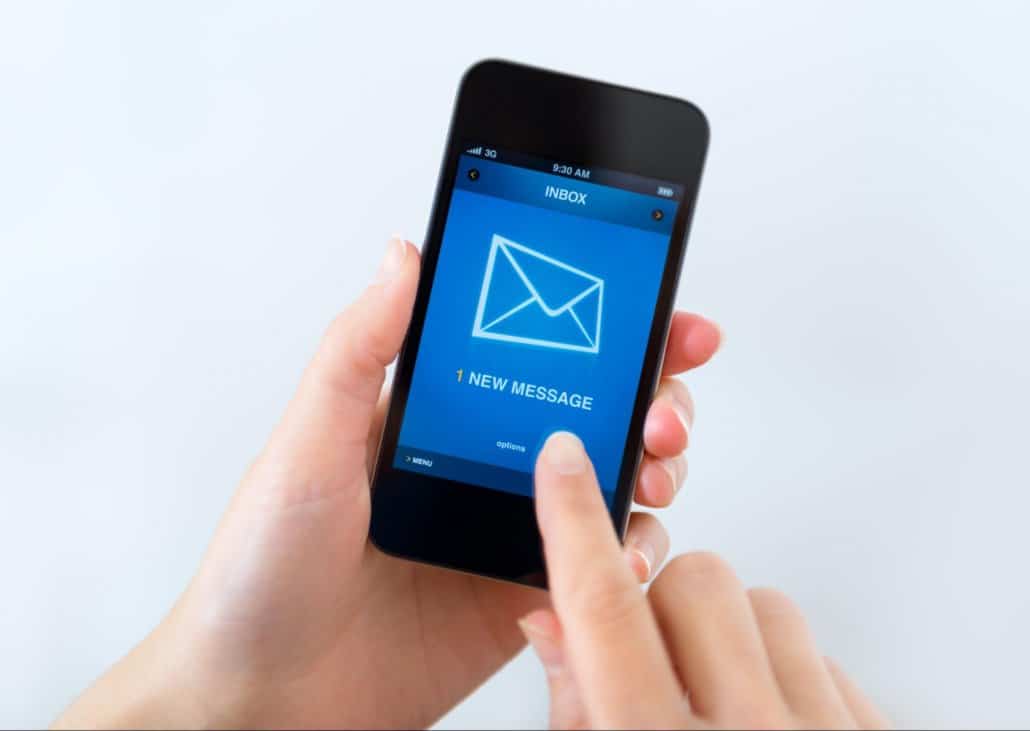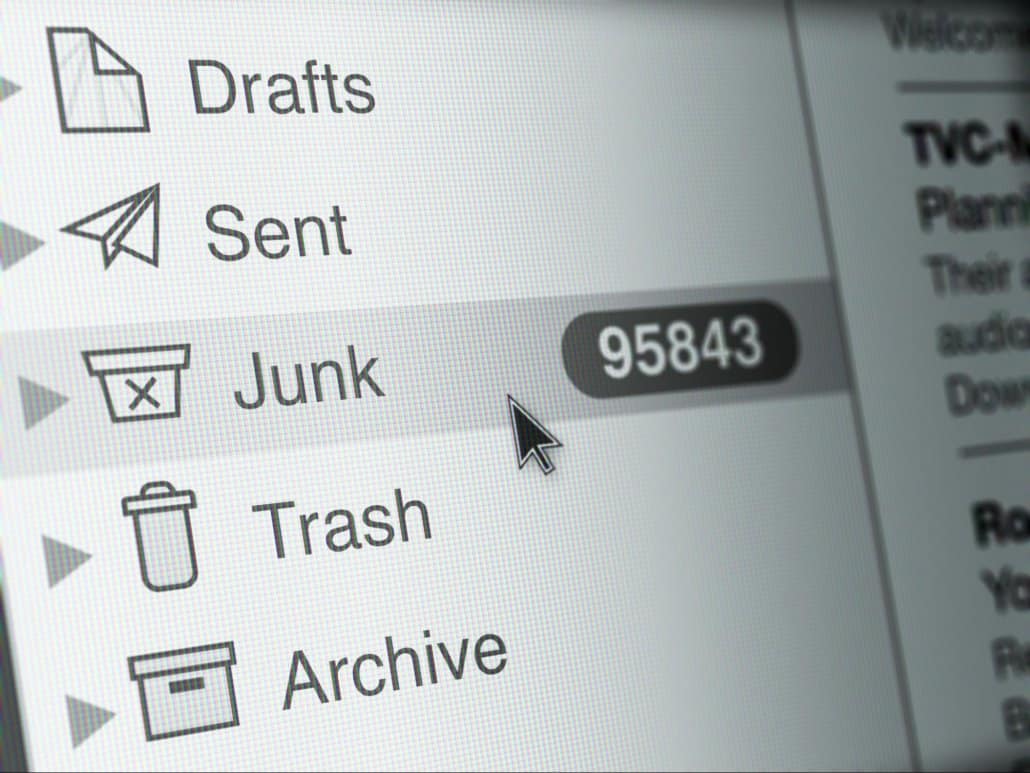Email marketing is the most direct way to reach your audience. And it’s a real art.
According to Statista, in 2020 there were 4 billion daily email users and this number is expected to climb to 4.6 billion by 2025. Campaign Monitor states that 64% of small businesses use email marketing as a strategy. And According to Databox, most marketers send emails on a weekly basis.
If you are already doing email marketing, are you making the maximum impact? And if you are not, you should absolutely consider it.
Some of our favorite tools for email marketing include Hubspot, Mailchimp, and Emma.
The value of email marketing
Email marketing is a fantastic way to keep customers connected to your brand and to stay in front of guests even when they aren’t physically at your property; to make sure they don’t forget about you. Human memory is a funny thing, and even if travelers had the most excellent experience with your company from their first visit to your (amazing, new, beautiful, and professional) website, all the way down to checkout, this feeling will fade with time.
When email marketing is done well, it will increase your audience’s connection with your brand that they know, love, and value.

Do not spam
However, email marketing does not come without its risks. The key risk here is spamming your customers and potential customers and turning them off your brand completely. Spamming means either emailing them too much or emailing them irrelevant content.
You may be thinking that this sounds obvious but companies often spam without even realizing. You need to be strategic about the emails you send and when you send them. Best practice is not to send more than one to two emails per month. This means having an organized calendar around your communications and promotions so that you can effectively interact with your database, without spamming them.
On this note, it is important to always give your audience the option to unsubscribe. Not giving recipients the option to unsubscribe, as well as sending emails to unwilling recipients, are both triggers to your emails landing in spam folders.
Other reasons your emails could end up in spam folders include:
- You’re using spam trigger words
- Your subject is weak
- You’ve included attachments
- You have incorrect spelling and grammar

Pro-tip: Keep in mind that OTAs also use email marketing and travelers may not differentiate between your emails and theirs – so make sure to have your brand and company name shine through in your emails.
Monthly newsletters
Monthly newsletters are a good answer to the “no spam” rule. They give you the opportunity, on a monthly basis, to send all the communications you want in one go. Keep in mind not to send too much information in one email. Other good opportunities to use email marketing include birthday wishes with a birthday month offer (such as a small discount), and occasional promotions (if you choose to run these as part of your marketing strategy).
Customer relationships & upselling
Once a traveler has made a booking is the perfect time to send them their first email. This can be automated but does not mean that it can’t be personalized with information about the property, activities in the area, local restaurants, and car rental or public transportation options.
You can also use this email as an opportunity to upsell, if you have any upselling offers, such as early check-in/late check-out or add-on experiences, by reminding the traveler of the option of these services.
The “Booking Abandonment” method
You know when potential guests find a property they like on your site and get all the way to the “book now” page, but then leave without booking? That is what we call booking abandonment, and it happens for a number of reasons. Perhaps this is just the beginning of their research on where to stay, or perhaps they want to compare the price of this property on other channels, or perhaps the motivation is something entirely different. There is no way to know, but the key is to continue to stay relevant once they have left your site and make sure they do not forget about your listing. Luckily, you can still take advantage of how far they’ve gotten in the booking process even if they didn’t complete a booking – by leveraging their email address. You should have their email address if they got far enough in the booking process before they abandoned.
As the perfect moment for some email marketing, the benefits are twofold.
- Stay relevant
As mentioned above you want to make sure to continue to stay a relevant option for the potential guest booking a vacation rental, and make sure they do not forget about you as they continue their research on where to stay.
- Brand play
This is your chance to connect to your customer base, and show them how much you want and value their business – by showcasing what your brand is all about.
Time it right
Vast testing from many marketers over the years has shown that the optimal time to send marketing emails is between 10am and 1pm. Hubspot and Mailchimp are both great tools for email marketing which will allow you to schedule your emails in advance, as well as schedule separately for users in different time zones.

Is your email marketing working?
Whether you are already using email marketing or want to start experimenting with it, you want to make sure that it is worth the time and effort you are giving it by tracking the performance of your emails. The key things to consider when tracking the performance of email marketing are:
- Open rate
This is the percentage of emails that were opened. You should aim for your open rate to always be as high as possible, but as a reference, a 20% open rate is a good rate to aim for as a minimum.
The key to having a good open rate is by having a strong subject line. Best practice here includes giving some sense of urgency while alluding to what the reader can expect inside the email. You should also keep your subject lines between 30-50 characters, as any longer they are often cut off.
Open rate is also strategic as it impacts the reputation of your domain and deliverability for the long term. A higher open rate is a signal to the server and to Google algorithms that your emails are relevant and should be prioritized across the board.
- Click-through rate
This is the percentage of people who clicked a link in your email out of everyone who opened the email.
- Click rate
This is the percentage of people who clicked a link in your email out of everyone who received the email.
A/B Testing
This is when you experiment with the subject lines and content used in the emails you are sending, to get an indication of what resonates the most with your audience. Monitoring the results of A/B tests should give you more context on your audience, and provide you with extra knowledge to improve the performance of your email marketing, each time you do it. Which subject line is your audience more likely to respond to by opening an email, for example?
A few final words
In conclusion email marketing is a great tool for businesses to strengthen their brand and enhance customer loyalty. There are some tricks to get the best results, and lots of testing and analyses you can do in order to truly understand what works best with your audience.





